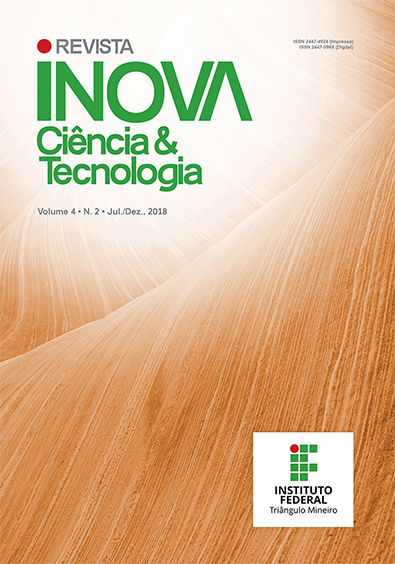CULTURAL SOIL PROFILE AND RISK OF EROSION IN VINEYARDS WITH DIFFERENT SOIL MANAGEMENTS
Palavras-chave:
Vitis vinifera L., water erosion, qualitative evaluation, rain simulation, Burgundy, wine.Resumo
The objective of this work was to evaluate the soil quality of vineyards with different managements using the cultural soil profile method. The vineyards were in the Paysage de Corton, Burgundy, France. The managements used were chemical control of weeds (1), plant cover in the inter-rows and chemical control in the rows (2), plant cover in everytwo inter-rows and chemical control in the rows (3), plant cover in the work inter-rows where the agricultural machinerypasses, and turning of the soil in the other inter-rows (4), surface turning of the soil (<10 cm) in the entire area with andwithout addition of shredded tree barks (5), and deep turning of the soil (>10 cm) in the entire area (6). A compacted soillayer at depth of about 20 cm was found in all managements, but the adopted managements affected the characteristicsof the surface layers, with more compactness in managements with deep turning of the soil, followed by surface turning ofthe soil, and chemical control; and less compaction in areas with plant cover. The highest risk of erosion was found in the5 and 6 managements, which had turning of the soil; areas with deep turning of the soil presented greater susceptibility to erosion, and a very compacted soil layer in the center of the inter-rows. The management with surface turning of thesoil showed that plant residues (tree barks) can be used to reduce the risk of erosion. The cultural soil profile method wasefficient in identifying physical problems in soils of vineyards and is a low-cost, accessible tool to producers.
Downloads
Publicado
Como Citar
Edição
Seção
Licença
Copyright (c) 2018 Revista Inova Ciência & Tecnologia / Innovative Science & Technology Journal

Este trabalho está licenciado sob uma licença Creative Commons Attribution-NonCommercial 4.0 International License.
O autor correspondente se responsabiliza pela declaração em nome de todos os autores.
Os autores mantêm os direitos autorais e concedem à revista o direito de primeira publicação.
Os autores têm permissão e são estimulados a publicar e distribuir seu trabalho em repositório institucional ou como capítulo de livro, desde que citem a Revista Inova Ciência e Tecnologia.
Como o acesso aos artigos da Revista é gratuito, estes não poderão ser utilizados para fins comerciais.
Os conteúdos publicados são de inteira e exclusiva responsabilidade de seus autores. No entanto, os editores poderão proceder a ajustes textuais, de adequação às normas da Revista, ortográfico e gramatical, visando manter o padrão culto da língua e a credibilidade.
Declaro estar ciente de que a não observância deste compromisso submeterá o infrator a sanções e penas previstas na Lei de Proteção de Direitos Autorias (n. 9609, de 19/02/98).


